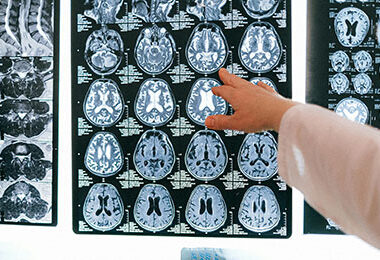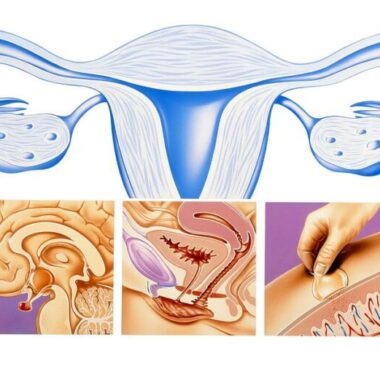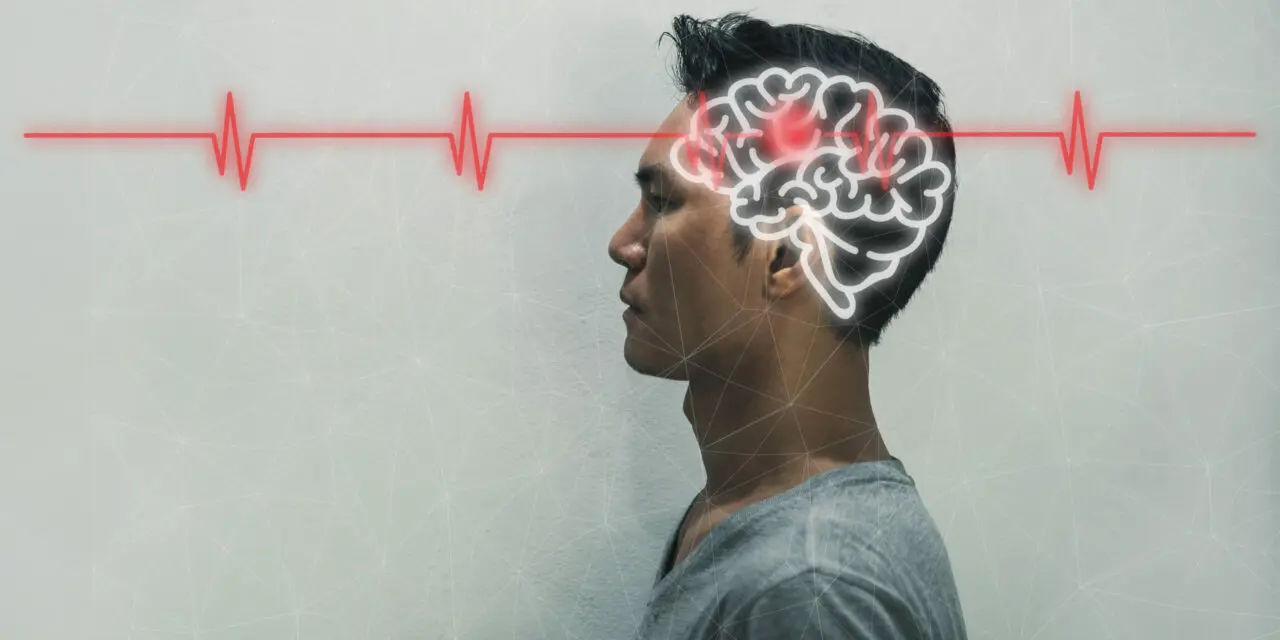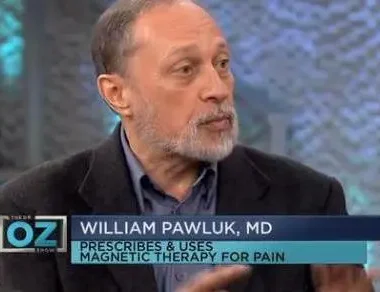Selected Literature on Pulsed Electromagnetic Fields
Table of Contents

Dr. Pawluk regularly reviews literature on magnetic technologies and treatments. Below, we have listed some excerpts from a range of publications and articles we believe to be interesting and thorough, and which show support for the basic concepts of the healing effects of magnetic field therapy. Some are Dr. Pawluk’s own publications.
EFFECTIVENESS OF PULSED ELECTROMAGNETIC FIELD THERAPY IN THE MANAGEMENT OF OSTEOARTHRITIS OF THE KNEE
Harvard Medical School, Boston, MA, Medical University of Vienna; 2009 March
“In conclusion, our study provides evidence for a beneficial effect of PEMF on scores in general and ADL in specific for patients with OA of the knee. Our results showed no significant effect on pain, but left enough space for improvement to significant values in forthcoming, larger studies (28). These findings suggest that PEMF might be a useful and effective addition to the conservative management of OA of the knee. Future studies are needed to prove this assumption right or wrong.”
THE WONDERS OF MAGNETISM
Tenforde TS. Bioelectromagnetics; 2003 Jan;24(1):3-11
In this acceptance address for the Bioelectromagnetics Society’s 2001 d’Arsonval Award, Dr. Tenforde reviews the highlights of the nonionizing field aspects of his research and scientific service career. These are focused in four areas:
(a) development and application of microelectrophoretic methods to probe the surface chemistry of normal and cancerous cells; (b) research on the biophysical mechanisms of interaction and the dosimetry of static and extremely low frequency magnetic fields; (c) application of extremely high intensity magnetic fields in several spectroscopic methods for probing the detailed structures of large biological macromolecules; and (d) development of national and international guidelines for the exposure of workers and members of the general public to electromagnetic fields with frequencies spanning the entire nonionizing electromagnetic spectrum.
Furthermore, Dr. Tenforde’s pioneering work in the field of nonionizing electromagnetic radiation has undoubtedly had a significant impact on our understanding of these phenomena. His research, consequently, has led to a deeper appreciation of the potential effects of electromagnetic fields on biological systems and the importance of establishing guidelines to ensure the safety of workers and the general public.
Additionally, his contributions in areas such as microelectrophoresis, dosimetry, and high-intensity magnetic fields have marked a distinctive path in the scientific community. Moreover, the application of his findings to cancer research and the study of biological macromolecules underscores the breadth and significance of his work.
In summary, Dr. Tenforde’s multifaceted career underscores the indeed critical role of interdisciplinary research and international collaboration in advancing our knowledge of nonionizing electromagnetic fields. His work has provided undeniably valuable insights into the complex interplay between electromagnetic radiation and biological systems.
PREVENTION OF OSTEOPOROSIS BY PULSED ELECTROMAGNETIC FIELDS
Rubin CT, McLeod KJ, Lanyon LE. J Bone Joint Surg Am; 1989 Mar;71(3):411-7
Using an animal model, we examined the use of pulsed electromagnetic fields, induced at a physiological frequency and intensity, to prevent the osteoporosis that is concomitant with disuse. By protecting the left ulnae of turkeys from functional loading, we noted a loss of bone of 13.0 per cent compared with the intact contralateral control ulnae over an eight-week experimental period. During using a treatment regimen of one hour per day of pulsed electromagnetic fields, we observed an osteogenic dose-response to induced electrical power, with a maximum osteogenic effect between 0.01 and 0.04 tesla per second. Pulse power levels of more or less than these levels were less effective.
The maximum osteogenic response was obtained by a decrease in the level of intracortical remodeling, inhibition of endosteal resorption, and stimulation of both periosteal and endosteal new-bone formation. Moreover, these data suggest that short daily periods of exposure to appropriate electromagnetic fields can beneficially influence the behavior of the cell populations that are responsible for bone-remodeling, and that there is an effective window of induced electrical power in which bone mass can be controlled in the absence of mechanical loading.
BIOELECTROMAGNETICS IN MORPHOGENESIS
Levin M. Bioelectromagnetics; 2003 Jul;24(5):295-315
Understanding the factors that allow biological systems to reliably self-assemble consistent, highly complex, four-dimensional patterns on many scales is crucial for the biomedicine of cancer, regeneration, and birth defects. The role of chemical signaling factors in controlling embryonic morphogenesis has been a central focus in modern developmental biology. Additionally, while the role of tensile forces is also beginning to be appreciated, another major aspect of physics remains largely neglected by molecular embryology: electromagnetic fields and radiations.
The continued progress of molecular approaches to understanding biological form and function in the post-genome era now requires the merging of genetics with the functional understanding of biophysics and physiology in vivo. Furthermore, the literature contains much data hinting at an important role for bioelectromagnetic phenomena as a mediator of morphogenetic information in many contexts relevant to embryonic development. This review attempts to concurrently highlight briefly some of the most promising (and often underappreciated) findings that are of high relevance for understanding the biophysical factors mediating morphogenetic signals in biological systems. These data originate from contexts including embryonic development, neoplasm, and regeneration.
EFFECTS OF PULSED ELECTROMAGNETIC FIELDS (PEMFS) ON STRESS
William Pawluk, MD, MSc; 2002 December
There are many approaches to preventing and managing stress reactions. Once a stress reaction is initiated, it is difficult to turn off immediately. The reaction is immediate, but the recovery takes hours to days. Nonetheless, since the effects of stress are cumulative, a daily routine of reducing the physiologic response becomes necessary to ward off long-term damage. Moreover, one approach to reducing the physiologic response to the effects of daily stress is whole-body pulsed magnetic field (PEMF) therapy.
Furthermore, the use of PEMF therapy is gaining recognition as an effective means of addressing stress-related issues. Additionally, it can be a valuable tool in managing stress reactions, as it offers a noninvasive and drug-free approach to mitigating the consequently harmful effects of stress on the body.
Henceforth, individuals who incorporate PEMF therapy into their daily routines can experience the benefits of reduced stress reactions and enhanced overall well-being. Therefore, it is important to explore various stress management techniques and find the one that works best for you.
PAIN MANAGEMENT WITH PULSED ELECTROMAGNETIC FIELDS (PEMF) TREATMENT
William Pawluk, MD, MSc: 2003 March
Pain patients with lumbar radiculopathy or whiplash syndrome had a PEMF applied twice a day for two weeks and their pain medications decreased. Radiculopathy pain relief happened in 8 days in the PEMF group vs 12 days in the controls. Headache pain was halved in the PEMF group and one third less of neck and shoulder/arm pain vs control.
MAGNETS, MERIDIANS, AND ENERGY MEDICINE
An Interview with William Pawluk, MD, MSc
Russ Mason, MS: Alternative and Complementary Therapies Journal, Vol. 8, No. 2, April 2002
Dr. Pawluk’s exploration of a broad range of healing modalities led to his major interest in using magnets and electromagnetic energy to support the healing and written process… In this interview, Dr. Pawluk describes the winding course of his life’s work, and his interest in energy medicine–including medical uses of magnetism–with author Russ Mason.










